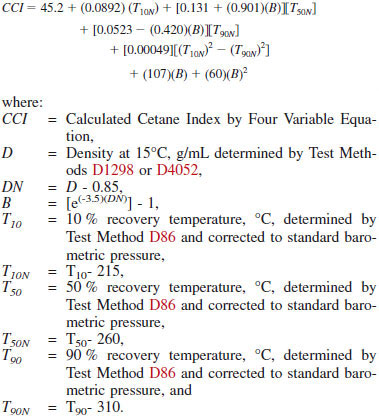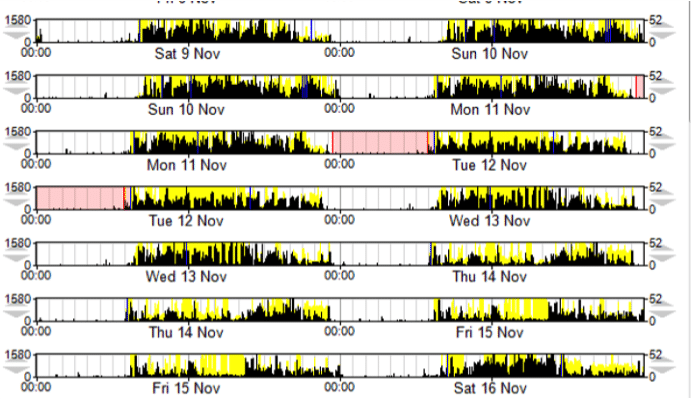
However, in the early stages of the diseases the rate of misdiagnosis can be as high as 20–30% in PD and 33% in ET (Budisic et al., 2009). While there is currently no efficient reliable test for differential diagnosis of ET and PD, it is mainly done by clinical observation. There is great interest in being able to differentiate between the diseases since the treatments methods are different. Currently neither of the diseases is curable and the treatment is focused on relieving the symptoms and increasing the life quality of the patients. In addition, there is increasing clinical, pathological, genetic and neuroimaging evidence that ET and PD are related, although they are two different diseases (Baumann, 2012). Thus it can be difficult to differentiate between Parkinsonian and essential tremor as they both may occur under same circumstances and at the same frequency. On the other hand, there is evidence of rest tremor appearing in approximately 20% of patients with ET (Cohen et al., 2003). Patients with PD usually have postural tremor in addition to rest tremor (Baumann, 2012). Although tremor in PD begins unilaterally, it can also occur in the other side when the disease progresses. Usually the patients show more than one type of tremor but it is unclear whether the tremors in ET are separable from each other or different forms of the same tremor (Burne et al., 2004).ĮT and PD have also common symptoms. The criterion is based on different types of tremor. The diagnosis of ET still relies mainly on clinical tests as no clear anatomical, biochemical or neurophysiological markers exist. The mechanisms of ET are unclear, but it is considered a psychogenic disease and typically its symptoms worsen under emotional or physiologic stress (Pahwa and Lyons, 2003). The main symptom in ET is action and postural tremor of arms and it occurs at frequency range 5–10 Hz (Jankovic, 2008). Other possible biomarkers are movements of wrists, olfactory deficits and mood based methods (Montgomery et al., 2001), REM sleep disorders, transcranial sonography and MRI (Morgan et al., 2010).

Currently the most accurate ones are PET and SPECT scans (Brooks and Pavese, 2011) which, however, need advanced measurement setup and are invasive and cost inefficient for larger groups. Jankovic (2008) There are no satisfactory biomarkers for PD, however several candidates have been presented. Tremor in PD usually disappears when the limb is not on rest. Parkinsonian tremor is usually unilateral and occurs at distal extremities at frequency range 4–6 Hz. The main symptoms of PD are tremor at rest, rigidity, bradykinesia and postural instability which of tremor is observed in 75% of patients during the course of the disease. For ET the estimate is 4.6% in people over 65 years old (Louis and Ferreira, 2010). PD is mainly a disease among the old, and it has an estimated prevalence of 1% in those over 60 years of age in industrialised countries (de Lau and Breteler, 2006). Combining EMG and kinematic analysis did not increase discrimination efficiency but provided more reliability to the discrimination of subject groups.Įssential tremor (ET) and Parkinson’s disease (PD) are progressive neuromotoric diseases. The kinematic parameters of patients with essential tremor were closer to parameters of patients with Parkinson’s disease compared to healthy controls. With this method it was possible to discriminate 13/17 patients with essential tremor from 26/35 patients with Parkinson’s disease and 14/17 patients with essential tremor from 29/40 healthy controls. The histogram parameters of patients with essential tremor were more similar to patients with Parkinson’s disease than healthy controls. The height and the side differences of the histogram were the most effective for differentiating between essential tremor and Parkinson’s disease groups. Three parameters, RMS-amplitude, sample entropy and peak frequency were determined from the kinematic measurements of the arms.

The histogram shape was analysed with a feature dimension reduction method, the principal component analysis, and the shape parameters were used to differentiate between different subject groups. The EMG signals were divided to smaller segments from which histograms were calculated. Electromyographic data from biceps brachii muscles and kinematic data from arms during isometric tension of the arms were measured from 17 patients with essential tremor, 35 patients with Parkinson’s disease and 40 healthy controls. The aim of this work was to differentiate patients with essential tremor from patients with Parkinson’s disease.


 0 kommentar(er)
0 kommentar(er)
